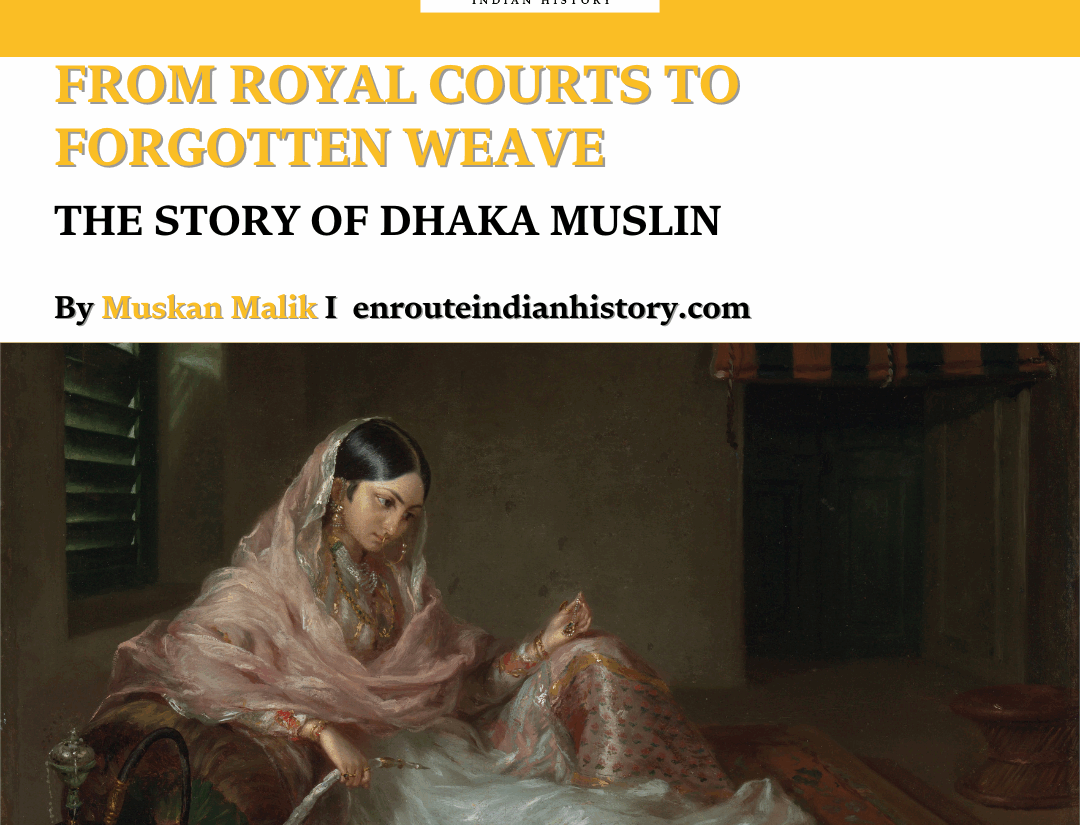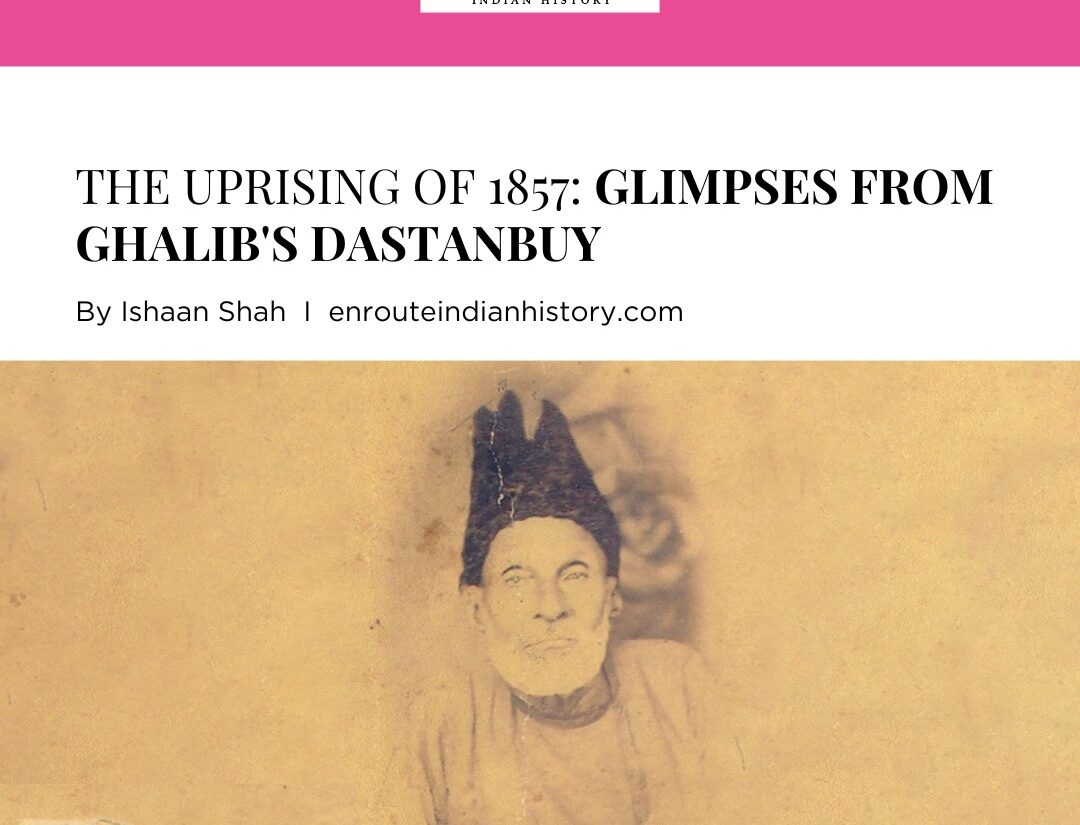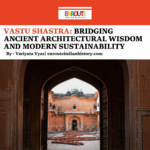Exploring the Evolution of Pottery in Delhi: A Historical Analysis
- EIH User
- April 18, 2024

The roots of Delhi’s pottery tradition run deep, reaching back to ancient times as evidenced by archaeological excavations and historical accounts. Thapar (1972) provides invaluable glimpses into the buried past of Delhi, uncovering layers of pottery-making practices that have shaped the socio-cultural landscape of the region. These early artifacts not only serve as tangible links to the past but also offer windows into the artistic sensibilities and technological innovations of ancient Delhi artisans.
One of the most celebrated facets of Delhi pottery is the famous Blue Delhi pottery, characterized by its distinctive azure hues and intricate motifs. Chitra (2014) sheds light on this iconic tradition, tracing its origins and evolution through centuries of artistic expression. The Blue Delhi pottery not only showcases the mastery of craftsmanship but also serves as a visual testament to the city’s enduring artistic legacy.

In the 20th and 21st centuries, Delhi’s pottery scene witnessed a revival and transformation under the guidance of visionaries like Gurcharan Singh. Garimella (2020) chronicles Singh’s pioneering efforts in revitalizing traditional pottery practices and establishing Delhi as a vibrant hub for ceramic arts. Through his dedication and innovation, Singh not only preserved age-old techniques but also fostered a renaissance in Delhi’s pottery community, breathing new life into an ancient craft.
Dewing (2011) further enriches our understanding of Delhi’s pottery landscape by exploring the nuances of Pandit pottery, renowned for its earthy tones and exquisite craftsmanship. This lesser-known tradition offers a glimpse into the diverse range of styles and techniques that have flourished within Delhi’s pottery ecosystem, highlighting the dynamic interplay between tradition and innovation.
The significance of Delhi’s pottery heritage extends beyond artistic expression, as Watt (1987) illustrates in his comprehensive catalog of Indian art at the Delhi Exhibition 1902-1903. This seminal event not only showcased the city’s rich artistic legacy to a global audience but also served as a platform for cultural exchange and appreciation. Through exhibitions and publications like these, Delhi’s pottery tradition found resonance on the world stage, reinforcing its status as a cultural treasure of India.
As we embark on this journey through the annals of Delhi’s pottery history, we are guided by the insights and contributions of scholars and enthusiasts who have dedicated their lives to unraveling the mysteries and marvels of this ancient craft. By drawing upon their research and expertise, we endeavor to unravel the intricate threads of Delhi’s pottery tradition, weaving together a narrative that celebrates the past, honors the present, and inspires the future.
Early Beginnings:
Thapar (1972) provides valuable insights into the buried past of Delhi, shedding light on the ancient roots of pottery in the region. Archaeological findings indicate the existence of pottery-making traditions dating back centuries, highlighting its significance in the socio-cultural fabric of Delhi.
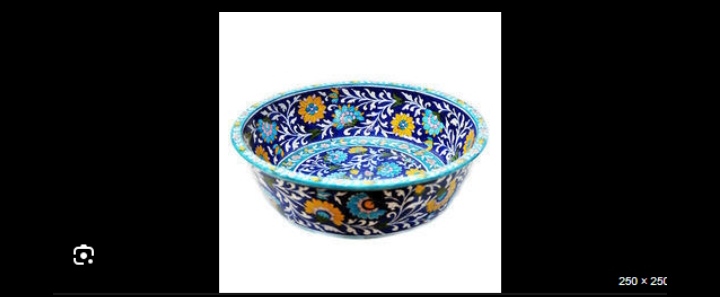
The Blue Delhi Pottery:
Chitra’s exploration of the famous Blue Delhi pottery provides a comprehensive insight into its significance within the realm of ceramics. This distinct style of pottery, characterized by its vibrant blue hues and intricate motifs, has captured the imagination of art enthusiasts and scholars alike. Drawing inspiration from the city’s rich cultural heritage, Delhi artisans have skillfully crafted pottery pieces that not only showcase their artistic prowess but also serve as tangible expressions of local identity.
The prominence of Blue Delhi pottery can be attributed to its aesthetic appeal and historical significance. Chitra’s research highlights how this unique style has garnered attention both locally and internationally, contributing to Delhi’s reputation as a center for ceramic arts. The vibrant blue glazes, often embellished with motifs inspired by nature, mythology, and everyday life, reflect the artisans’ deep connection to their surroundings and cultural heritage.
Through meticulous craftsmanship and attention to detail, Delhi artisans have perfected the art of Blue Delhi pottery, passing down techniques and traditions from generation to generation. Chitra’s study underscores the importance of preserving and promoting this cultural heritage, ensuring that future generations can continue to appreciate and engage with Delhi’s rich pottery tradition.
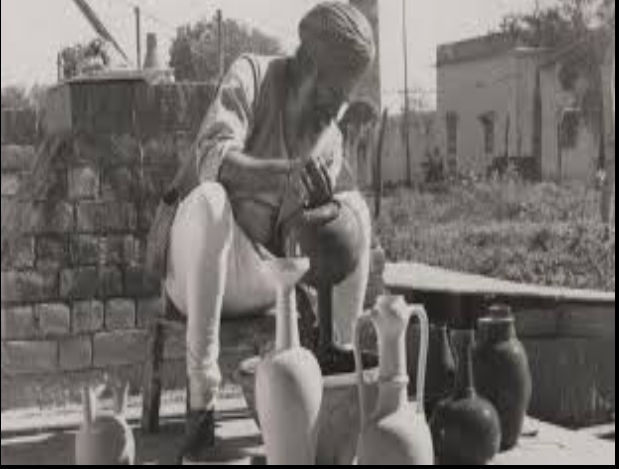
Gurcharan Singh’s Contribution:
Garimella’s examination of Gurcharan Singh’s legacy sheds light on the transformative impact of his work on Delhi’s pottery scene. As a visionary artist and educator, Singh played a pivotal role in revitalizing traditional pottery practices and fostering a renewed sense of pride and purpose within the local artisan community. Through his innovative techniques and unwavering dedication, Singh breathed new life into age-old traditions, infusing them with contemporary relevance and appeal.
Singh’s contributions extended beyond the confines of the pottery studio, as Garimella elucidates in her research. His commitment to education and outreach initiatives empowered aspiring artisans, providing them with the skills, knowledge, and resources needed to succeed in a rapidly changing world. By championing the value of craftsmanship and cultural heritage, Singh laid the foundation for Delhi’s emergence as a vibrant hub for ceramic arts.
Furthermore, Garimella highlights Singh’s role in establishing networks and platforms for artistic exchange and collaboration, both within Delhi and beyond. Through workshops, exhibitions, and collaborative projects, Singh nurtured a sense of community among pottery enthusiasts, fostering a spirit of creativity and innovation that continues to resonate in Delhi’s pottery scene today.
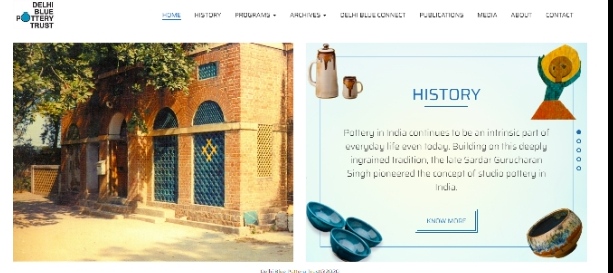
In essence, Garimella’s research underscores the profound impact of Gurcharan Singh’s contributions on Delhi’s pottery landscape, illuminating the enduring legacy of a visionary artist and advocate. Through his visionary leadership and tireless efforts, Singh not only revitalized traditional pottery practices but also paved the way for future generations of artisans to thrive and flourish in Delhi’s dynamic ceramic arts community.
Delhi Exhibition 1902-1903:
Watt’s comprehensive overview of the Delhi Exhibition 1902-1903 offers a fascinating glimpse into a pivotal moment in Delhi’s cultural history. This landmark event, held during the early 20th century, served as a monumental platform for showcasing India’s rich artistic heritage to a global audience. Watt’s meticulous documentation provides valuable insights into the diverse range of artistic expressions on display, including the vibrant pottery traditions that flourished in Delhi and across the Indian subcontinent.
The Delhi Exhibition of 1902-1903 was a culmination of meticulous planning and coordination, drawing together artisans, craftsmen, and artists from across India to showcase their talents and creations. Watt’s research highlights the significance of this event as a catalyst for cultural exchange and appreciation, fostering dialogue and collaboration among artists and enthusiasts from diverse backgrounds.
Central to the exhibition’s success was its ability to showcase the breadth and depth of India’s artistic legacy, including its rich pottery traditions. Watt’s examination of the pottery showcased at the exhibition sheds light on the diverse techniques, styles, and motifs that characterized Delhi’s pottery scene during this period. From intricately glazed ceramics to elegantly crafted terracotta vessels, the pottery displayed at the exhibition captured the imagination of visitors and garnered acclaim for its artistic merit and cultural significance.
Moreover, Watt’s research underscores the global impact of the Delhi Exhibition, as it attracted visitors and dignitaries from around the world, including prominent figures from Europe, America, and Asia. This international audience provided a platform for Delhi’s pottery traditions to gain recognition on the global stage, showcasing the city’s cultural vibrancy and artistic ingenuity to a wider audience.
The legacy of the Delhi Exhibition 1902-1903 extends far beyond its immediate impact, as Watt’s study elucidates. By bringing together artists, artisans, and enthusiasts from diverse cultural backgrounds, the exhibition sparked a renewed interest in Indian art and culture, influencing artistic trends and perceptions both within India and abroad. Furthermore, the documentation and dissemination of the exhibition’s proceedings, as evidenced in Watt’s work, continue to serve as valuable resources for scholars, historians, and enthusiasts interested in exploring Delhi’s rich artistic heritage.
Delhi’s pottery tradition stands as a vibrant reflection of its cultural heritage and artistic creativity. From its ancient origins to modern adaptations, pottery in Delhi continues to flourish, driven by the dedication of artisans and the insights of scholars such as Thapar, Chitra, Garimella, Dewing, and Watt. Through their research, we gain a deeper understanding of the evolution and importance of pottery in shaping the identity of India’s capital city. As we celebrate the past, embrace the present, and look towards the future, Delhi’s pottery remains a cherished and enduring aspect of its cultural legacy.
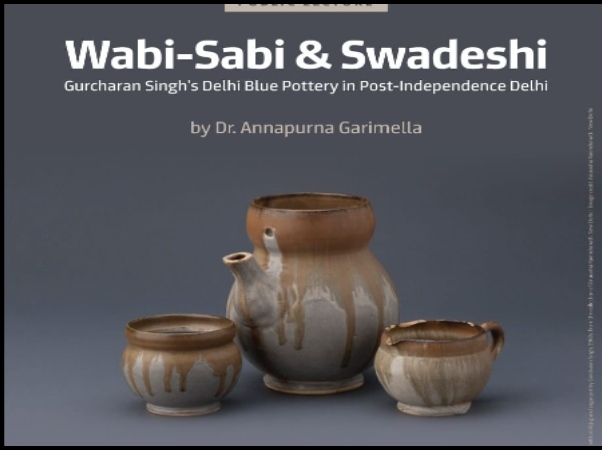
REFERENCE
1.Chitra, B., 2014. The famous Blue Delhi pottery. Ceramics Technical, (38), pp.18-21.
2.Garimella, A., 2020. Brown and blue, with lots of green: Gurcharan Singh and making a place of New Delhi. Astrágalo, 1 (27), 33-60.
3.Thapar, B.K., 1972. The buried past of Delhi. Expedition, 14(2), pp.21-26.
4.Dewing, D., 2011. Pandit pottery. Ceramics Art and Perception, (85), pp.48-51.
5.Watt, G., 1987. Indian art at Delhi 1903: being the official catalogue of the Delhi Exhibition 1902-1903. Motilal Banarsidass Publication
- May 16, 2025
- 7 Min Read
